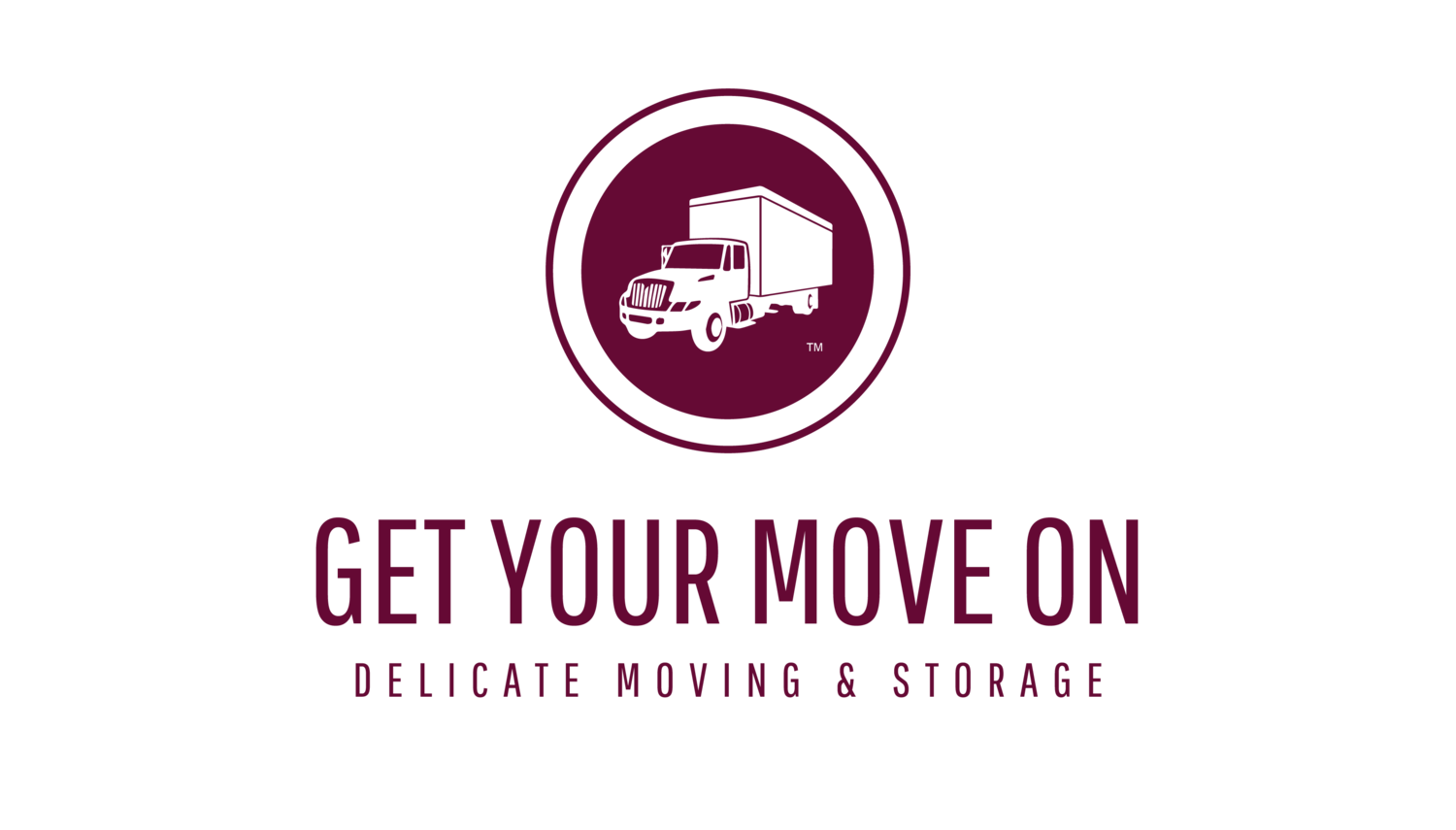Getting Ready for Commercial Moves

Commercial moves differ from residential moves in many ways. They generally involve far more people, must only slightly (if at all) interrupt the daily operations of the client, and generally entail a larger volume of items. There are heat issues to consider, as each office can have heat-sensitive computer equipment, and files must be carefully boxed and labeled for a smooth transition to their new home. This post will take a look at various aspects of a commercial move:
- Planning
- Network Equipment
- Electronics
- Downsizing
PlanningFor a commercial move to be as successful as possible, it must be well-planned. It's vital to do a comprehensive analysis of your current space and compare it to where you'll be moving to. How, exactly will your desks fit into the new space? Is there a good spot for the copier, the water cooler, and the kitchen? When you have all of these questions answered in advance, they will help expedite your move.Network EquipmentYour computer systems are no doubt vital to your operation. Determine where your servers will be housed in the new office and make sure that network cables are in place for all of your workers. Once this skeletal structure is in place, installing the hardware should go fairly smoothly. Make sure you have an IT wizard on hand to help to reconnect this vital equipment and to consult on the actual move. You may want to have this equipment in place prior to the final move of the workstations, so that your employees can get plugged in and working with no loss of time.ElectronicsAlong with the computers, you will also want to make sure that other electronic equipment is taken care of. If you have special presentation equipment, it is helpful if you have the original containers it came in. You also want to individually wrap your phones. You might ask your employees to wrap their own phones along with their files and other work materials so that they can unpack and plug in when they arrive in their new spaces. This also goes for their computers, keyboards, and other electronic peripherals. Make sure that employees box and move their personal effects independently, saving the time, energy and expense of the movers.DownsizingMoving presents a good time to downsize a lot of items. In the run-up to the final move, you may spend some time sorting through old files to clear out and recycle all the excess paper you won't need in your new location. Ask your employees to spend time sorting through their old files. It may be worthwhile to recycle easily-replaceable research, particularly if your employees have not consulted it in a few weeks or months.
Take stock of all the old chairs, broken desks, and the like that will only serve to slow down a move and that you won't need in your new space. If you are renting large pieces of equipment such as a copier, you may want to plan your move around the expiration of that lease, and then upgrade to a newer machine for your new office. Letting the leasing company take care of that portion of the move will reduce liability and expedite the move.
